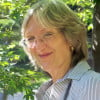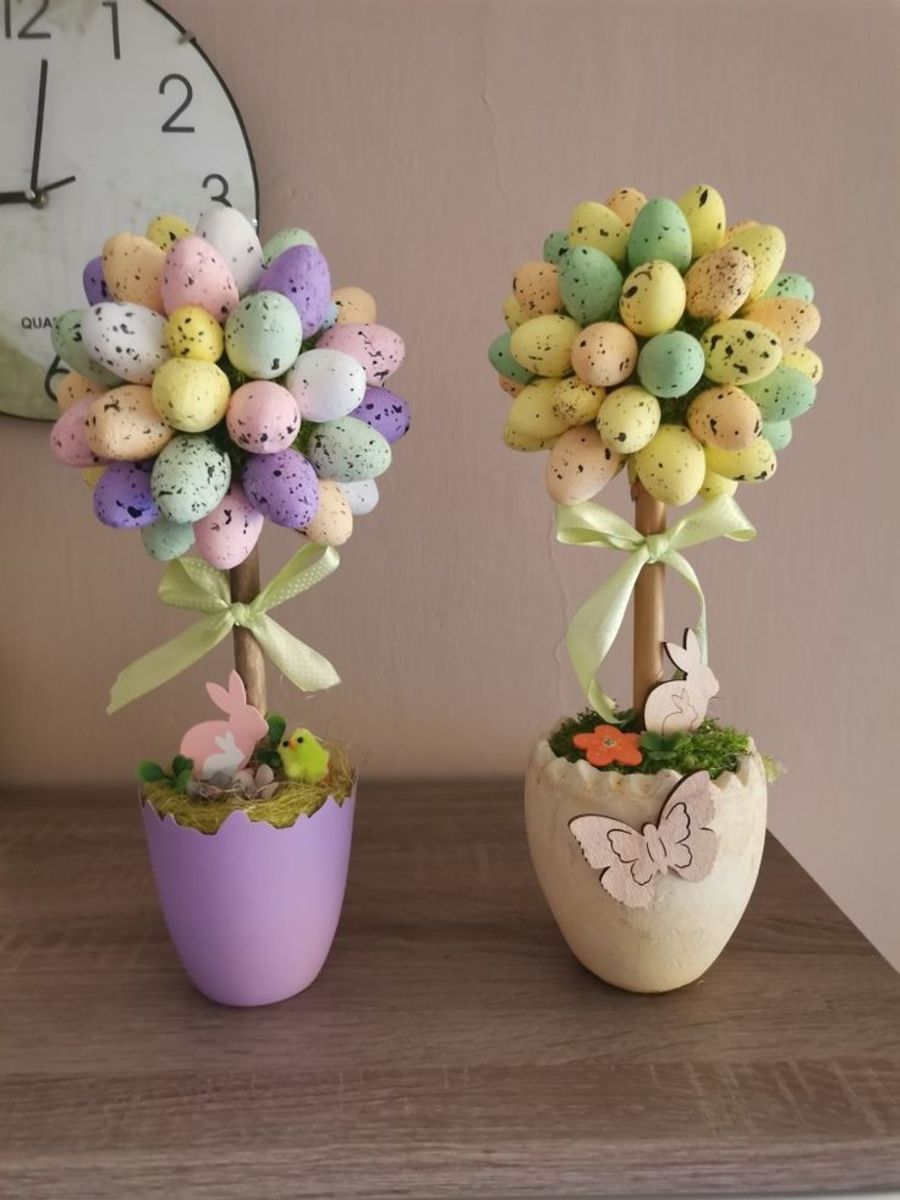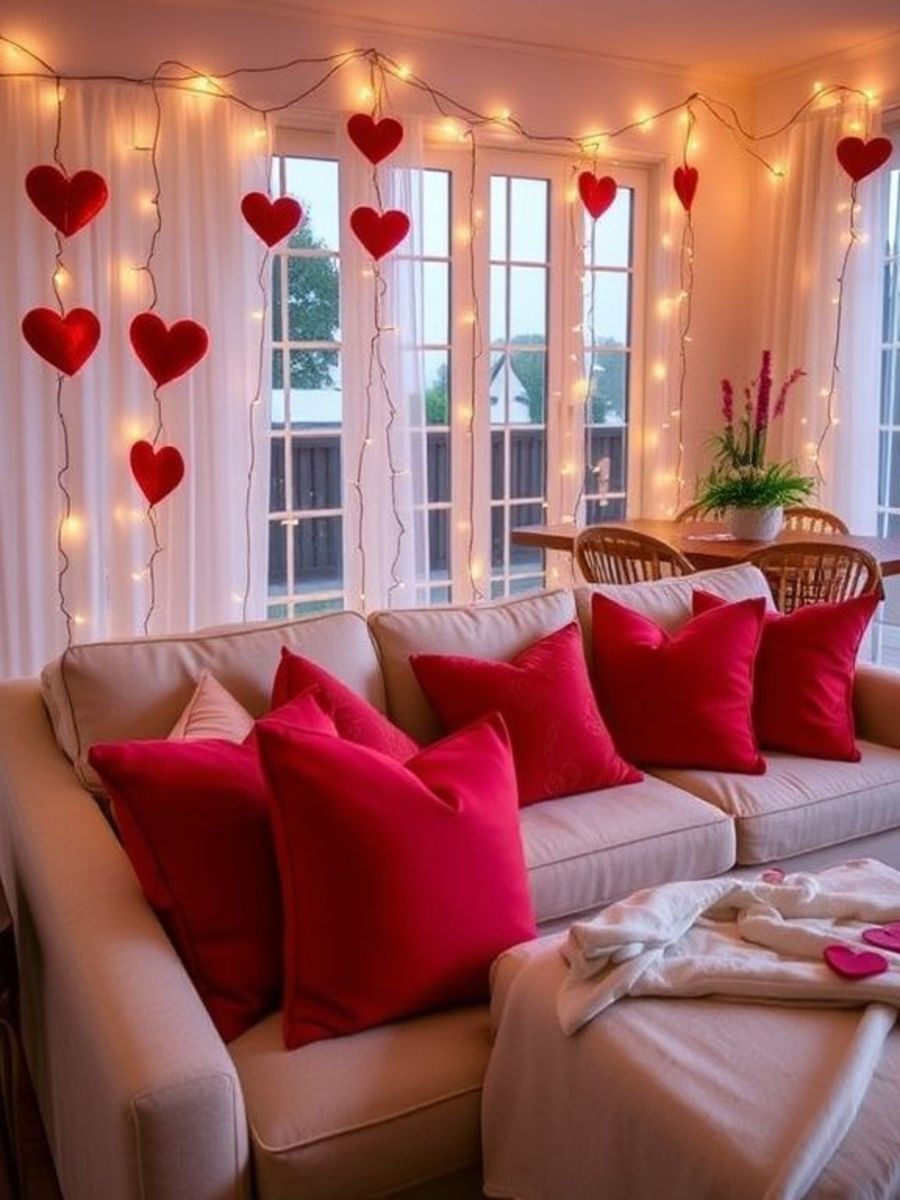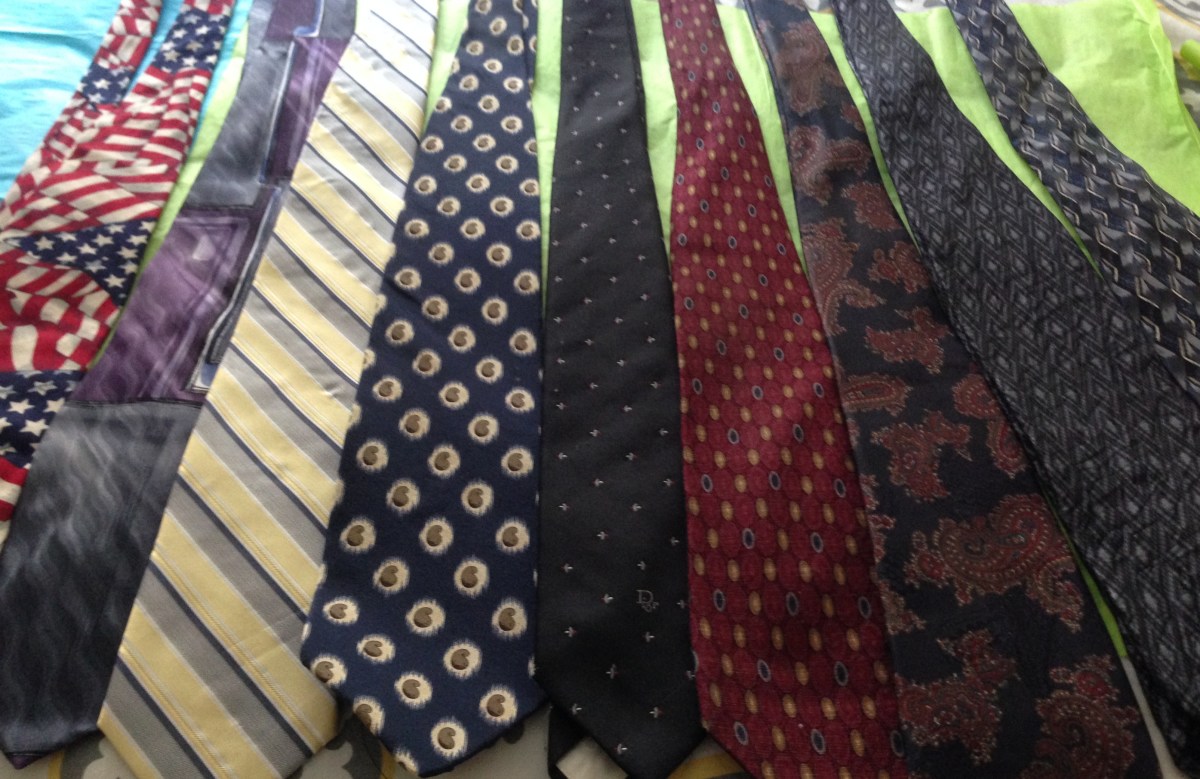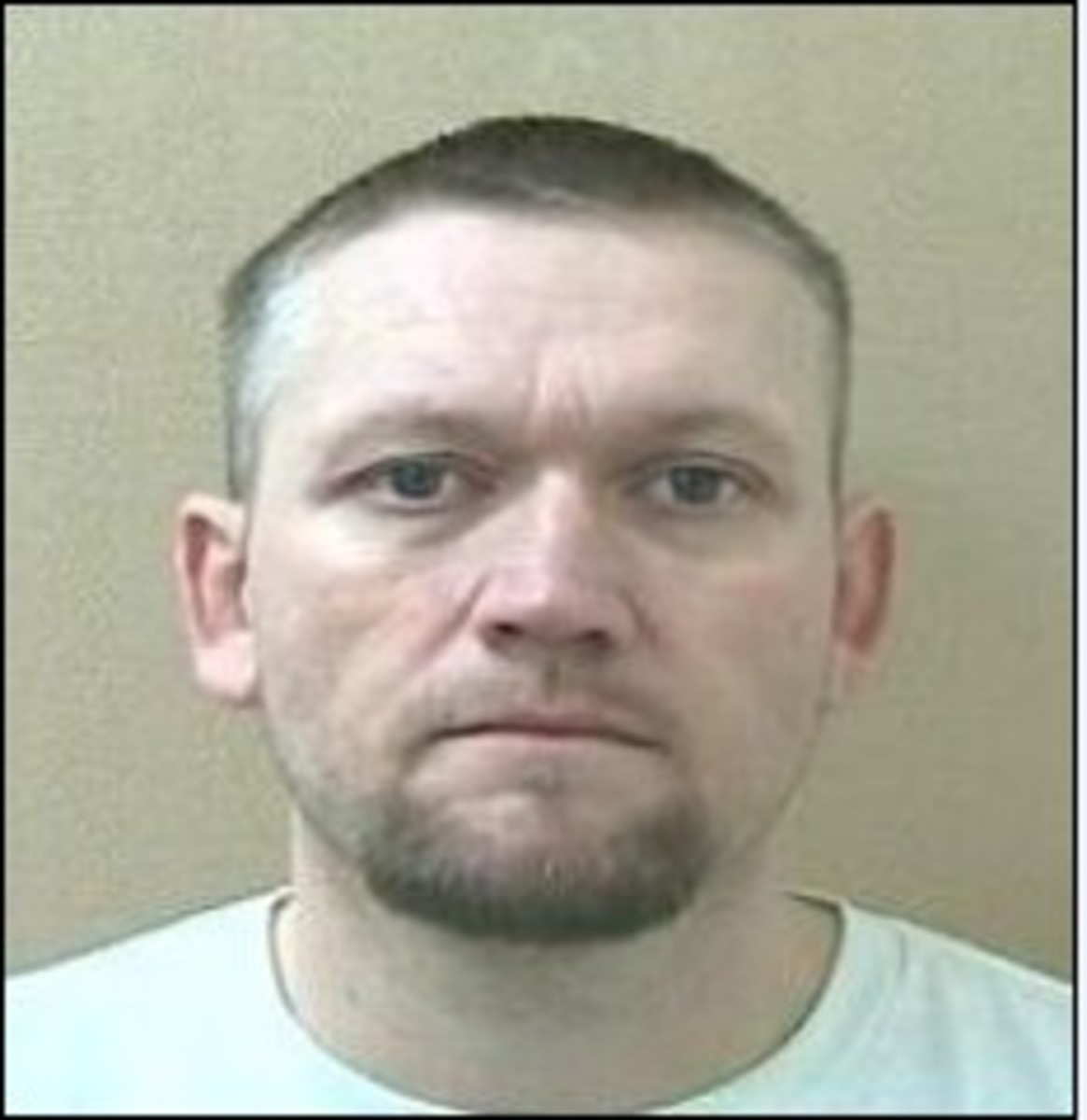Display Tables for Public Events: How to Staff One
At some time in the life of every political activist, there will come an opportunity to staff a table at a public event. Today the City of Pasadena held their annual Earth Day Festival. It was a perfect place to spread the word about a new group we had formed to protect local wild lands. My best friend, who is a graphic artist, had been "roped into" (as she put it) chairing an arts committee to promote preservation of wild lands. She called for all of her friends who were artists of some sort to help her with supplying and/or staffing the exhibit.
One of them was me. I am a nature photographer in my private life, and a life-long political activist who works in water conservation. Wild lands are places that help to replenish groundwater, so I had a vested interest. But I was so busy I didn't decide to do it until the day before. That meant staying up all night preparing my "show." Generally that's not a good idea for activists, especially older ones like me.

- Display Tables for Public Events: Preparing Ahead
Having a display table at a public event can be great public relations for nonprofit groups. It does take planning ahead, but the increased membership, donations, and publicity can make it worthwhile.
Preparing Table Displays in Advance
For team organizers and displayers there is a long process of preparation ahead of time, but if you are helping to staff an event the preparation process is shorter. Especially if you are not displaying anything, yourself, there is nothing to do until the morning of the event.
One of the most critical times for which an organizer needs help is during setup on the actual morning of the event. The other is the take-down at the end. In our case, it was an all-day event, so setup started at 8:00 a.m. and take-down was expected to be around 4:00 p.m.
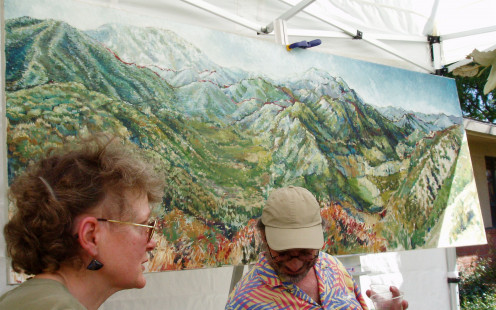
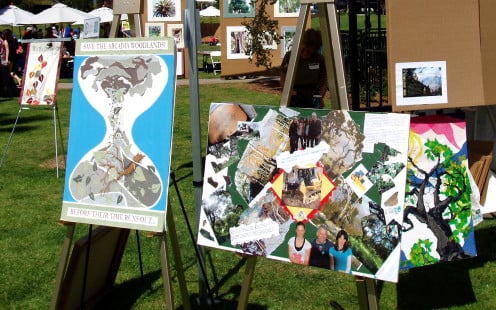
Display Table Setup
I stayed up overnight until 3:30 a.m. preparing my photos for exhibit - printing, matting, and labeling them on the back. When my friend came to pick me up at around 8:30 a.m, I found she'd stayed up all night too, and hadn't had breakfast - which is typical, but not desirable for an event organizer. (Of course, what I did wasn't desirable either.)
When we got there, my friend's co-organizer was already ahead of us. She had set up an awning to shade the table and chairs provided by the city, and in the back under the awning had set up a giant oil painting of hers of the San Bernardino Hills. This painting stretched from one side of the awning to the other and formed a perfect backdrop for what we were doing.
On either side of the awning the city had given us metal frames about 6 ft. high and 4 ft. wide. My friend had brought several sheets of cardboard to fasten onto the frames, so I fastened my photos onto those. My friend set up her colored posters on easels up front, and behind us we had this giant painting. The display looked awesome.
The Display Table Look
The purpose of the group was to protect the area's remaining wildlands from destruction, so we had to have a look that matched that. My friend had originally designed her posters to protest the county's bulldozing of 11 acres of old growth forest in the foothills. Those matched, especially since that protest was what started the group in the first place. The painting of the San Bernardino Hills was appropriate and most of my photographs were about trees, though not necessarily wild ones. An activist member from Santa Monica came later with greeting cards made from photographs of wild areas.
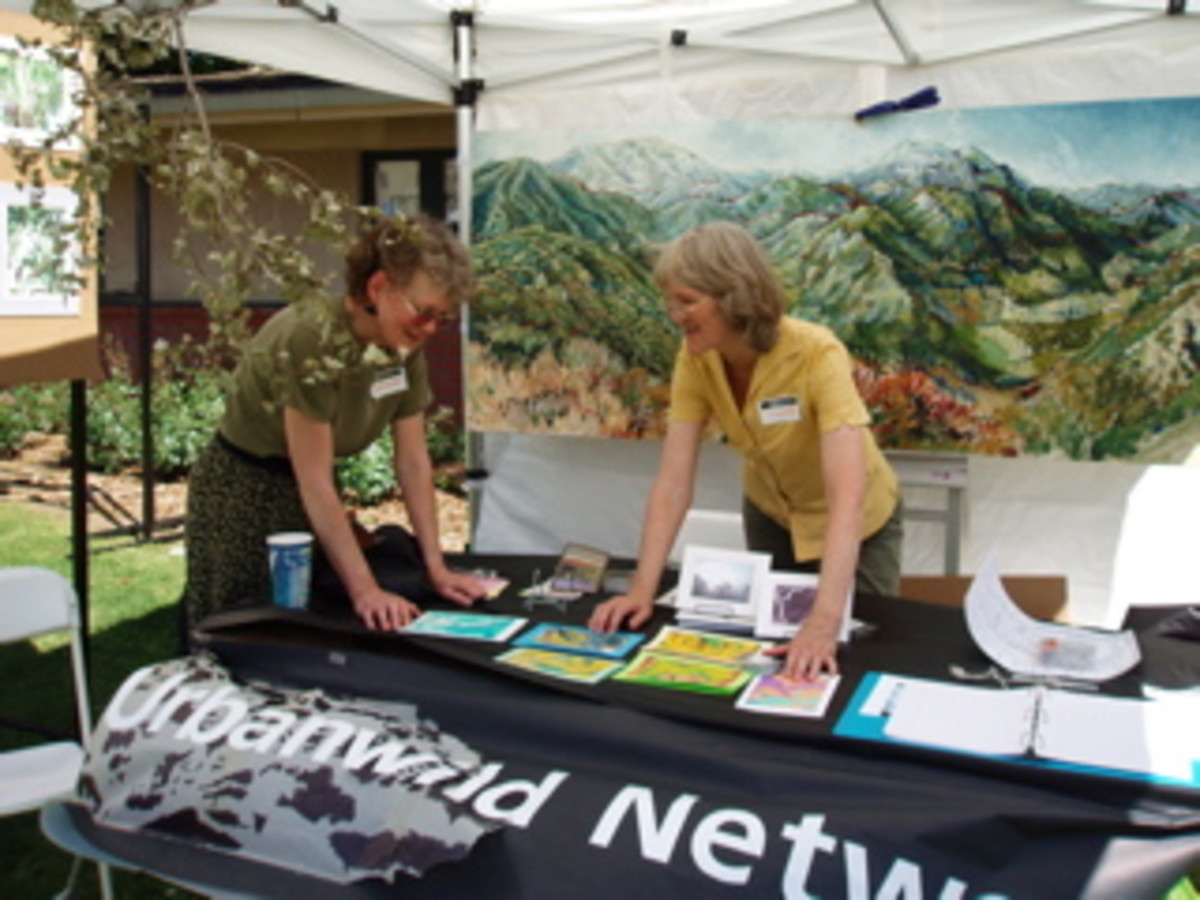
We set up the table with a couple of different sets of cards and a sign-up sheet for people dropping by, who were interested in the group or in purchasing one of the exhibits. We each put on name tags, supplied ourselves with glasses or bottles of water, and pulled out food to snack on during the day. Then my friend disappeared.
Ten minutes later I saw her bringing us a big branch of an oak tree she had picked up after the bulldozing. She was being followed by a press photographer. While the photographer filmed, we hooked the branch up to the struts of the awning above us, letting it hang above the table. It gave depth and a surprising immediacy to the booth that impressed visitors as the day went on.
Dealing With the Public and the Press
Meanwhile, that photographer was after an interview. The three of us - the painter, my friend the graphic artist, and me the photographer - all of us political activists and involved from the beginning, answered a stream of questions as she filmed. She wanted to know what the group was about, how we got started, how big we were, what were our upcoming plans. I had handled the press before, so I did most of the talking, but the others pitched in whenever they had something to add. This is a desirable occurrence at an event, since a friendly press is one of the most effective ways to spread the word.


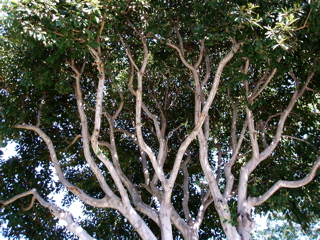
After that we had a steady trickle of people dropping by. All of the things we discussed with the press, we also discussed with visitors, and we found many who were interested. Six people signed our list for more information. At some point, we also realized we needed to develop some kind of handout that included the address of our new website.
Our public mascots - the Arcadia Tree Sitters, they'd been nicknamed - also dropped by. These were four activists who had been arrested for trespassing on county land when they climbed the trees slated for bulldozing and refused to climb down. The trees were reputed to be 100-200 year old California native oaks and sycamores, filled with the wildlife that inhabited them. It was against the law to cut them down without acquiring a license first, but the county had done it anyway.
Although the county's rationale was genuine (they needed the site to store dirt dredged from behind dams) there were other sites available that they could have chosen. The county broke its own laws by pulling the trees down without adequate public announcements and the licenses needed to destroy native trees.
Furthermore, in reaction to public protest, they had paid overtime to take the trees down overnight. Our group, knowing that the county had several other wild places targeted, temporarily stopped them doing the same thing elsewhere and is working to prevent it from happening again.
Display Table Take-Down
After a long day of political socializing, during which we had spelled each other for lunch and walk breaks, the five of us staffers started cleaning up. It was windy and posters were being blown to the ground, so we started early. My friend, exhausted to the point of zombyism, called her husband to come help with the heavy labor.
While I pulled down my photos and collected the pins, my friend took down her posters and took apart the easels. The guys helped the artist with her painting and they brought down the awning. City workers came to collect the table, chairs, and metal frames. And my friend's husband came to carry all of her stuff to the car. She had a lot of it, having been the initial organizer.

Public Event Followup
Political action doesn't die, once an event is over. Presenting one's cause at one is worth more, if there is some kind of followup.
This next week will see my friend contacting the people who signed our list and me putting together wording for a brochure. It will see the press photographer writing an article for the paper and editing her film for a TV announcement. And it will see us and many others from our respective networks preparing to attend a meeting with the county.
Together, as a networking community, we will start the dialog that will get the county listening. We'll use our presence, public media, letters and signatures, and phone calls to let them know that we care about what they do and how. We'll even use our money to bail out the tree sitters (which we did). Together we will curtail the business-as-usual-without-notifying-the-public destruction of our remaining urban wild lands, and will attract yet more supporters at more public events to help.
